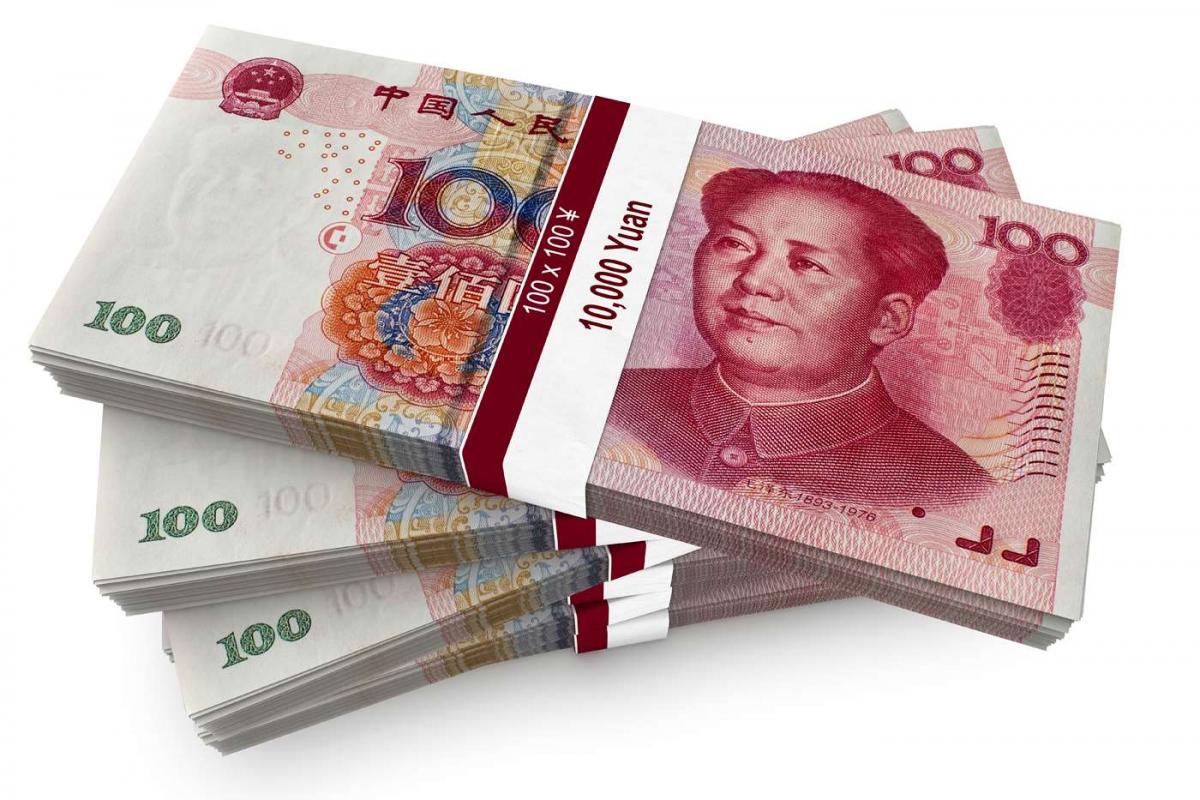What the heck does the forbidding phrase “reduced form Bayesian VAR” mean? Let’s break this down.
The VAR in question isn’t VaR (Value at Risk). It’s Vector Autoregression. This is a stochastic process model employed to understand the linear dependences among multiple time series.
Each variable in a VAR has an equation explaining how it changes given its own lagged values, the lagged values of the other variables in the model, and an error term. The underlying hypothesis is that the variables affect one another over time. The simplest “reduced form” VARs do only that, treating the error term as Gaussian white noise. There are more complicated variants, notably the recursive VARs, which arrange for the error terms to change over time from one equation to the next in the regression. But at the moment let us confine ourselves to the reduced form.
Ignorance Friendly Models
The cool thing about a VAR is that it doesn’t require that the modeler know much about the forces influencing any of the variables. In that sense, it is more ignorance-friendly that the creation of a structural model with simultaneous equations.
Christopher Sims was an important advocate of the use of VARs in econometrics. He wrote in a 1980 article, “Macroeconomics and Reality,” of their advantages over the “incredible identification restrictions” of structural models.
But modelers have found that VAR is too flexible. They need to narrow down the possibilities it offers, or their work will always smell of chalk. So they use Bayesian methods, they stipulate plausible “priors” for some of these numbers, to get the model moving.
Arpita Chatterjee and Richa Saraf, scholars associated respectively with the University of New South Wales and the State University of New York at Albany, have recently studied the consequences of a domestic shock in China on the real economy, and on the financial markets, of a commodity exporting country. This is a matter of tremendous practical importance as often-unhappy empirical experience indicates. When China’s business cycle turns down, its imports of coal, oil, copper, and a range of other commodities drop, and the economies of countries that export those commodities suffer.
Speaking more historically: during a period of miraculous growth in the PRC, between 2003 and 2011, most of the increase in the planet’s total demand for copper and for iron ore came from China. That country’s demand for iron ore increase by 213% during that period. Its demand for copper increased by 157%.
A slowdown began in 2011. As Chatterjee and Saraf write, many commodity exporting countries have struggled through low growth rates ever since, although the severity of the problem varies with the exporter. “Brazil and Russia have been in recession since the second and third quarter of year 2014, respectively, while Canada faced only a short recessionary stint in the first half of 2015.”
Skipping forward to the Results
Naturally commodity speculators on the one hand and the global macro crowd on the other would be very happy to have a model that could enable them to quantify such market moves, and place their own positions according.
So: what are the results of this model? What do Chatterjee and Saraf conclude about the consequences of China shocks for exporting countries?
They tested for both metals and for energy commodities and shocks related to each, but the patterns mentioned below work out the same.
The Russian economy reacts quickly and dramatically to China shocks, with Ruble depreciation, stock market collapses, and (since the central bank “intervenes to save further fall of the Ruble) higher interest rates.
Likewise, China shocks have dramatic impact on both Argentina and Brazil. In the case of Brazil, this came as a surprise to the modelers, because Brazil’s metal exports constitute a relatively small part of its GDP. But Argentina is the biggest Latin America exporter to China, and Brazil receives a shock as a “neighborhood effect,” that is, as a contagion from Argentina.
“Mexico emerges” from the tested China shocks, “quite resilient,” these authors say. Effects are also small in both Canada and Australia.
South Africa is hit hard by a hypothetical shock due to its dependence on world metal process. But South Africa enjoys highly flexible exchange rates, which may limit the damage by allowing the maximum depreciation among all countries.
Finally, a China shock has a more persistent effect on commodity process than does an analogous U.S. shock.




